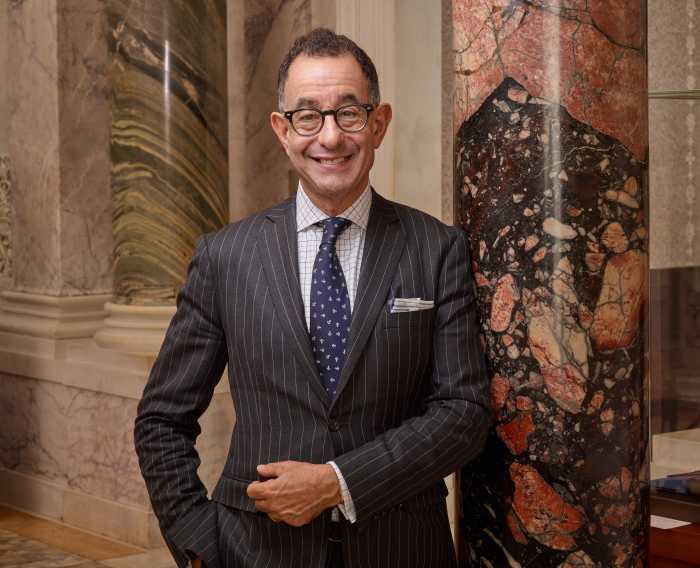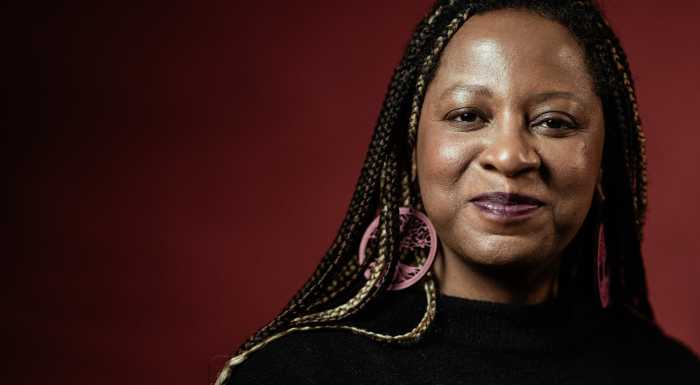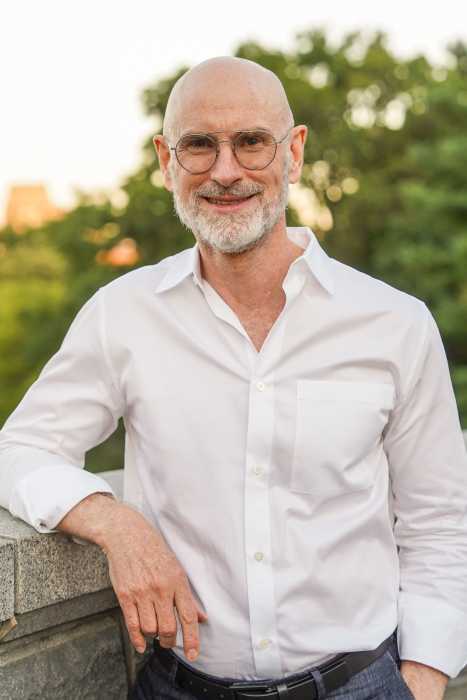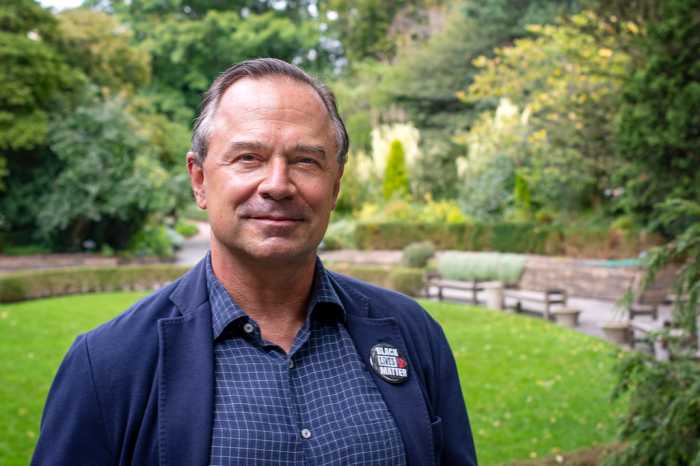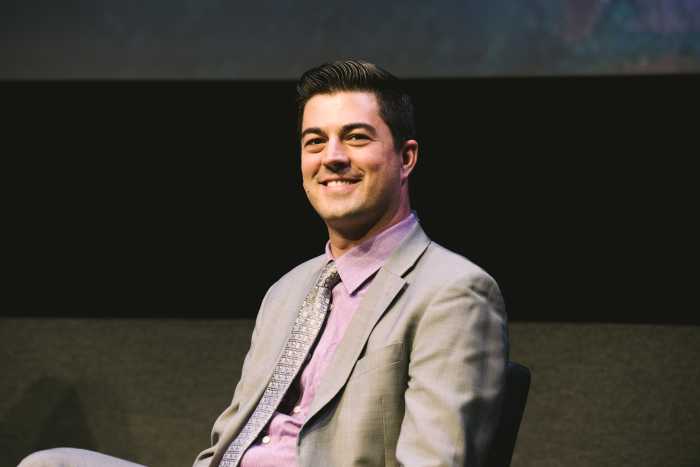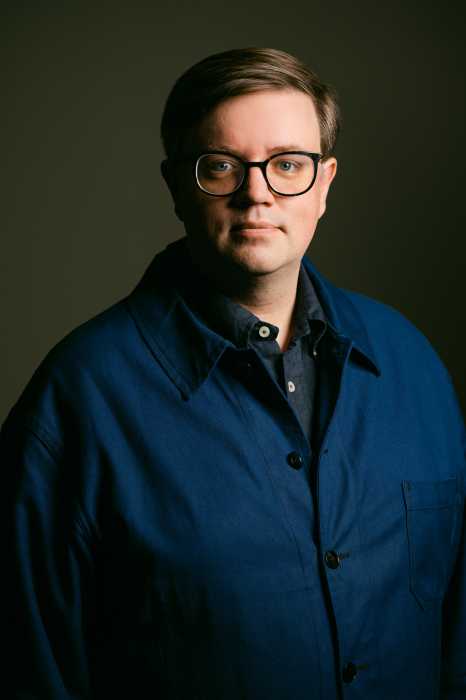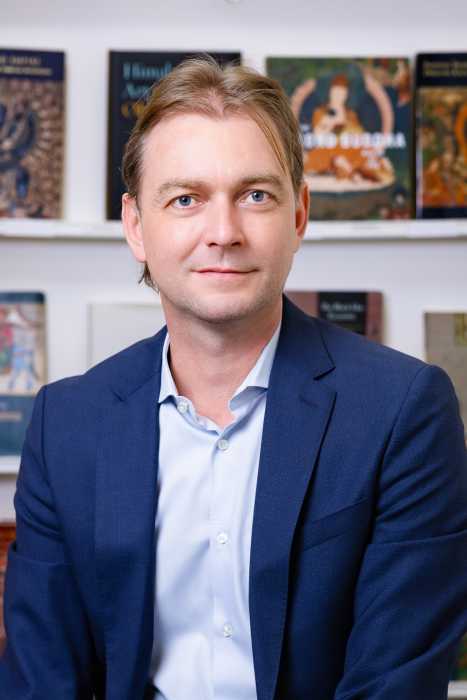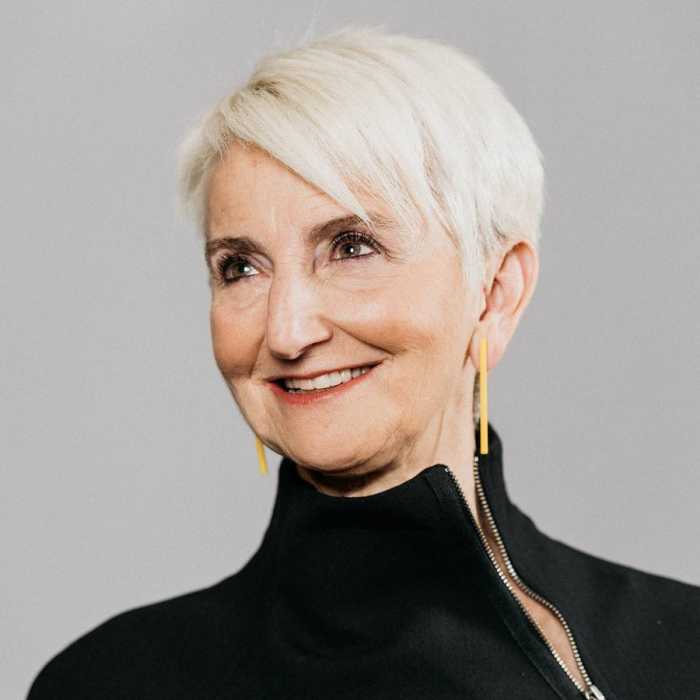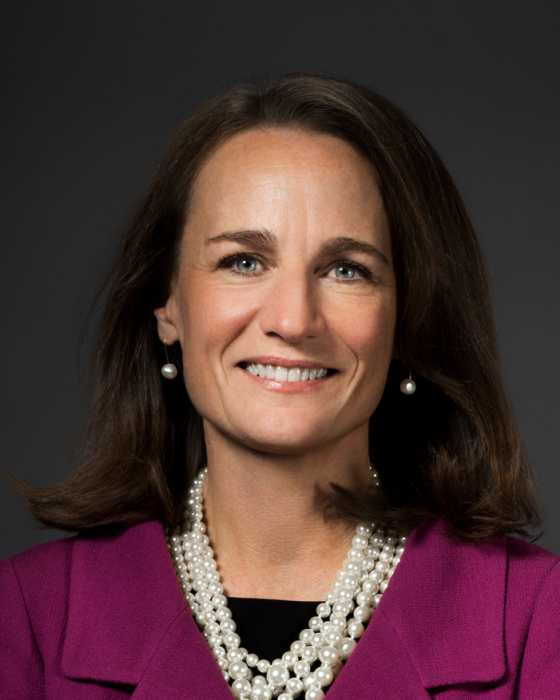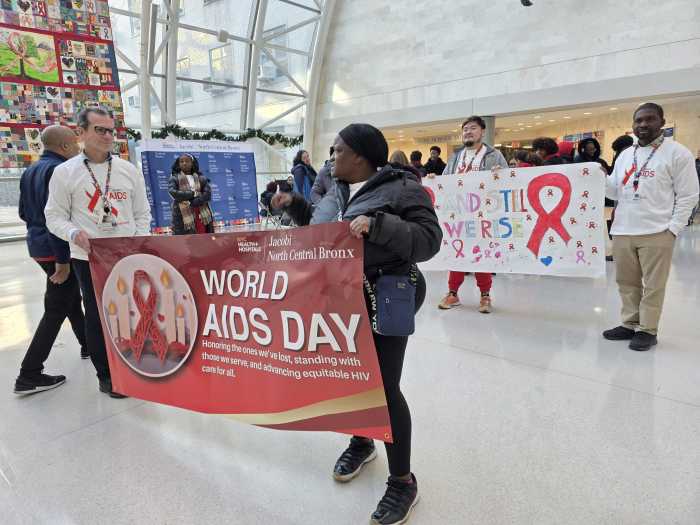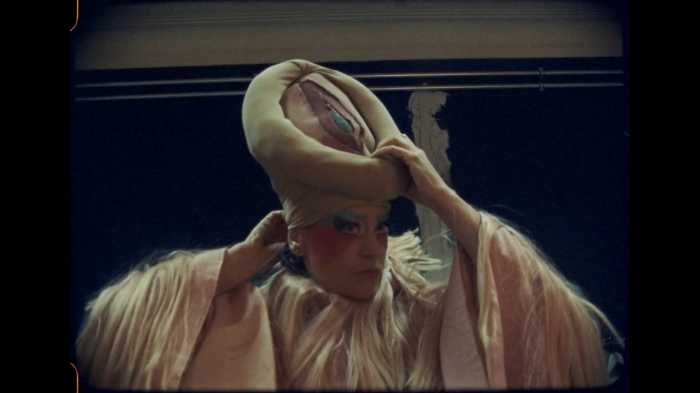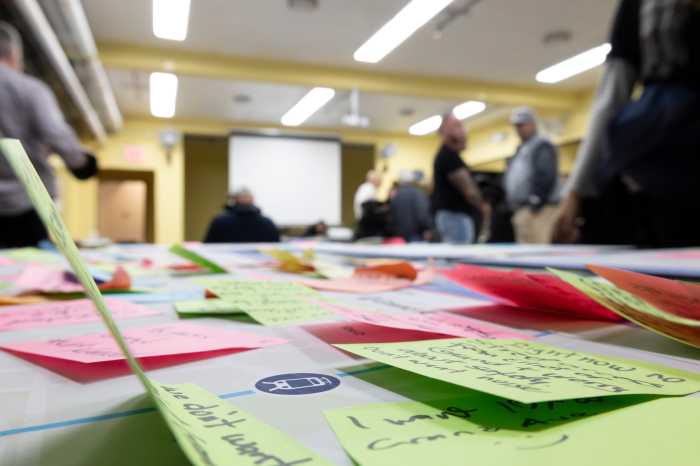Colin B. Bailey is the sixth director of the Morgan Library and Museum, a position he has held since 2015. Bailey is a scholar of 18th- and 19th-century French art and has been responsible for many publications and exhibitions. A specialist of Pierre-Auguste Renoir, Bailey is organizing the first exhibition in a century to explore Renoir’s works on paper in depth, opening at the Morgan on October 17.
If you could attend any event, show, or exhibit in the city this month, what would it be and why?
I would have to say that it is the Morgan’s own exhibition, “Belle da Costa Greene: A Librarian’s Legacy.” This two-gallery show, devoted to the life and times of J. Pierpont Morgan’s personal Librarian – who led the Library as a public institution – has resonated deeply with our visitors. It has had a long run at the Morgan and closes on May 4.
How can policymakers and everyday New Yorkers support arts and culture within the city?
Visit, join as members, and talk to friends about places you have discovered and programs you have enjoyed. Word of mouth is still a very powerful method of communication.
New York has historically been considered the culture capital of the world. How do you feel the city upholds this legacy in 2025?
Cultural institutions plan years in advance, and most museums have very good information about their upcoming exhibitions and programs. City-supported marketing campaigns can access these offerings and help amplify the institutions’ own work in getting the word out to visitors to New York.


